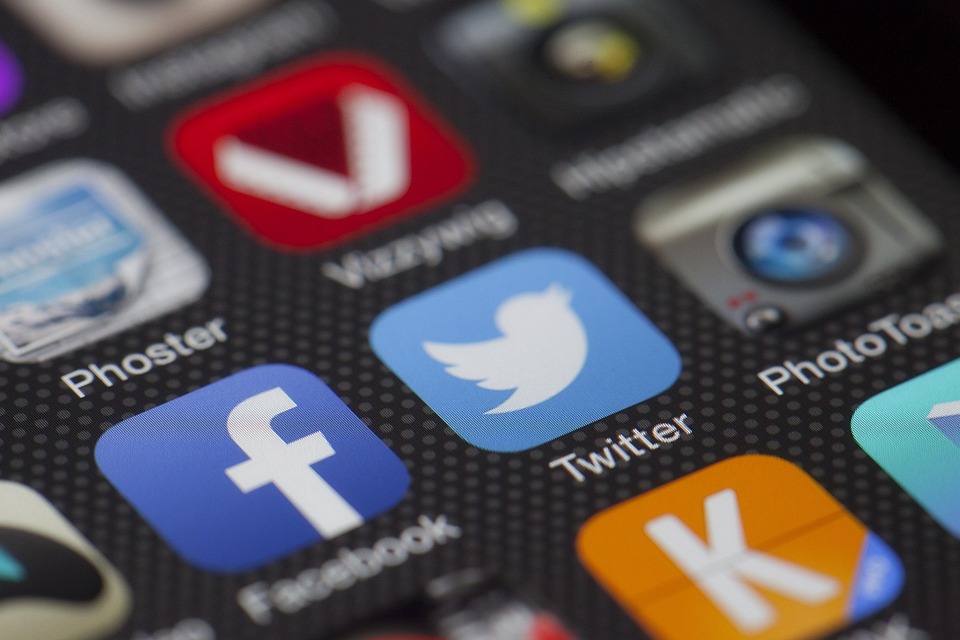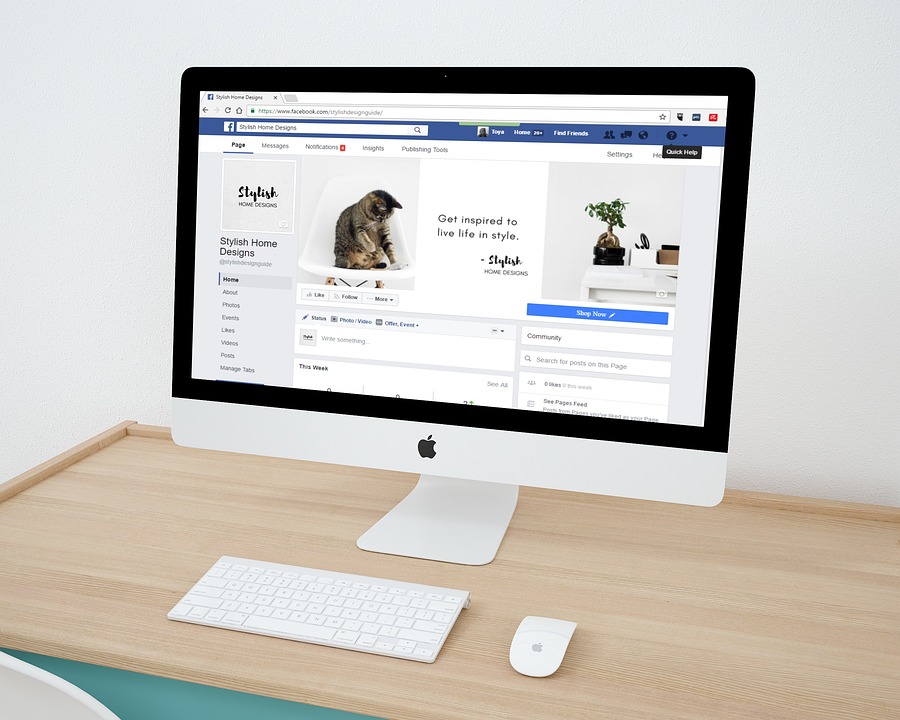The Evolution of Media Production: From Print to Digital
Introduction
The way we consume media has drastically changed over the past few decades. From the days of print newspapers and magazines to the rise of digital content, the evolution of media production has been nothing short of revolutionary. This shift has had a profound impact on the way information is produced, distributed, and consumed by audiences around the world.
Print Media
For centuries, print media was the primary source of news and information for the general public. Newspapers, magazines, and books were the main mediums through which stories were told and opinions shared. Print media was limited by physical space and distribution networks, which affected the speed at which information could be disseminated.
Print media also faced challenges in terms of reach and accessibility, as not everyone had easy access to newspapers or magazines. Furthermore, print media was a one-way communication channel, with little to no interaction between publishers and readers.
Despite these limitations, print media played a vital role in shaping public discourse and informing the public on important issues. The rise of the printing press in the 15th century was a game-changer, allowing for the mass production of books and newspapers at a much lower cost than ever before.
Radio and Television
The advent of radio and television in the 20th century marked a new era in media production. These mediums allowed for the broadcast of information and entertainment to a wide audience, reaching beyond the limits of print media. Radio and television brought news, music, and other forms of content right into people’s homes, making it easier for them to stay informed and entertained.
Radio and television also introduced new possibilities for storytelling and visual communication. News broadcasts, talk shows, and documentaries became popular formats for engaging audiences and conveying information in a more dynamic and engaging way.
Digital Revolution
The emergence of the internet in the late 20th century brought about a seismic shift in media production and consumption. Digital technology enabled the creation and distribution of content on a global scale, making it easier for individuals and organizations to reach audiences around the world.
The rise of social media platforms like Facebook, Twitter, and Instagram further democratized media production, allowing anyone with an internet connection to create and share content with a wide audience. This shift towards user-generated content has empowered individuals to become citizen journalists, bloggers, and content creators in their own right.
The digital revolution also paved the way for the convergence of different forms of media, such as text, audio, video, and interactive content. This has led to the rise of multimedia storytelling, where stories are told through a combination of words, images, and videos, creating a more immersive and engaging experience for audiences.
Challenges and Opportunities
While the evolution of media production has brought about many benefits, it has also presented new challenges and opportunities for publishers, journalists, and content creators. The digital landscape is constantly changing, with new technologies and platforms emerging at a rapid pace.
One of the main challenges facing media producers today is the issue of fake news and misinformation. The ease with which content can be created and shared online has made it difficult to verify the accuracy and credibility of information. This has raised concerns about the spread of misinformation and its impact on public discourse.
At the same time, the digital revolution has also created new opportunities for media producers to experiment with new formats and distribution channels. Podcasts, webinars, live streaming, and virtual reality are just a few examples of the innovative ways in which content can be produced and consumed in the digital age.
The Future of Media Production
The evolution of media production is far from over. As technology continues to advance, new opportunities and challenges will continue to shape the way content is created, distributed, and consumed.
One of the key trends shaping the future of media production is the rise of artificial intelligence and machine learning. These technologies are being used to automate certain aspects of content creation, such as personalized news recommendations, automated video editing, and natural language generation.
Another trend to watch is the growth of immersive technologies like virtual reality and augmented reality. These technologies have the potential to revolutionize the way we experience media, allowing for more interactive and immersive storytelling experiences.
In conclusion, the evolution of media production from print to digital has transformed the way we consume information and entertainment. While print media will always have a place in our society, the rise of digital platforms and technologies has opened up new possibilities for content creators and audiences alike. As we look towards the future, it is clear that the media landscape will continue to evolve and adapt to the ever-changing demands of audiences in the digital age.



Leave a Reply